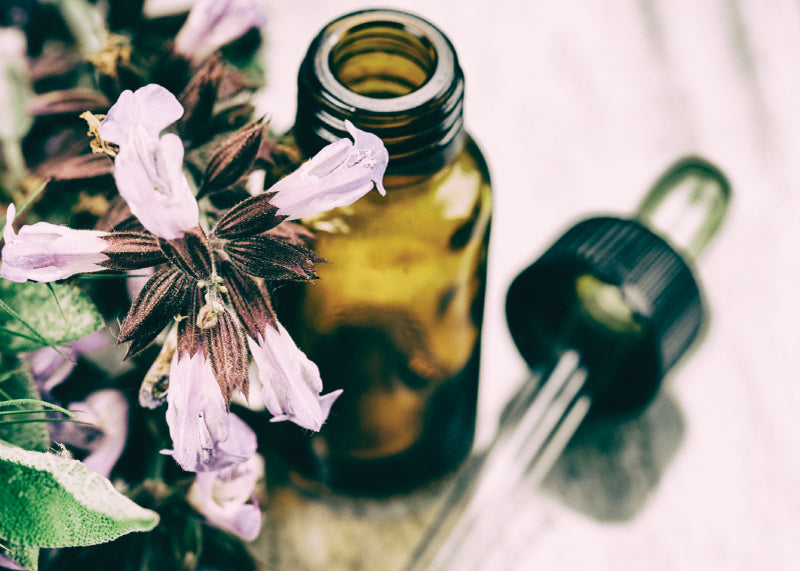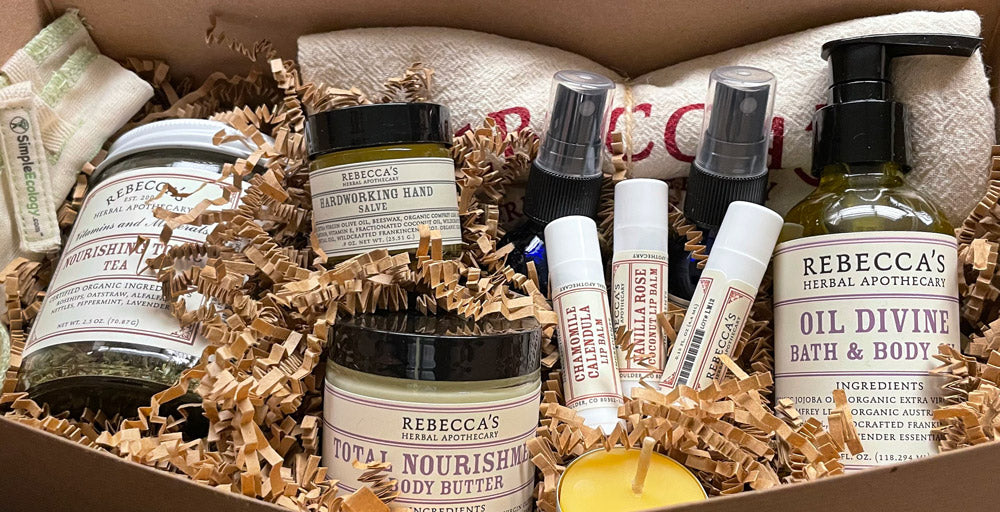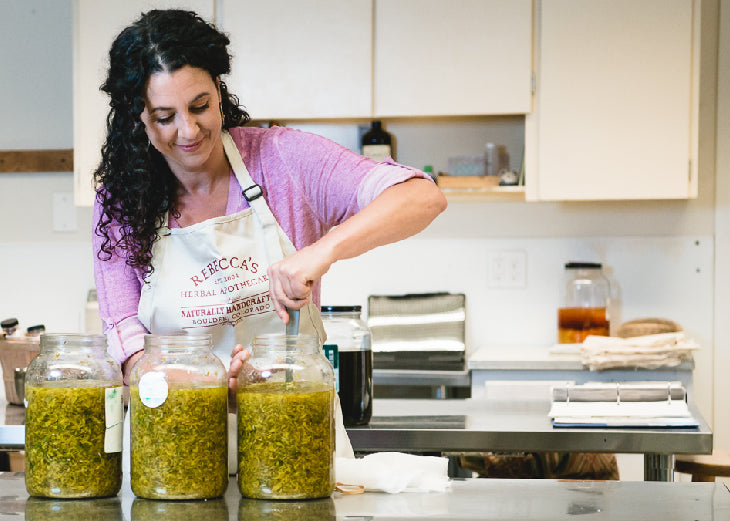Herb Article
Elecampane
By Tzuria Malpica, certified clinical herbalist
 Herb
Herb
Elecampane
Latin Name
Inula helenium
Family
Asteraceae (Yarrow, Dandelion and Daisy are also in this family)
Parts used
Root
Medicinal Properties
Elecampane has been used primarily for respiratory ailments in herbal culture throughout the world. Folklore tells us that its use originated in ancient Greece. The Latin name, helenium, is credited to Helen of Troy. It is said that she held the beautiful yellow flowers of this plant as she left home for Troy. A native plant to Southeastern Europe, Elecampane was brought to North America by the European colonists. Native Americans quickly adopted its use for coughs and records of it use by Iroquois Indians are still found today. Even in Contemporary Chinese Medicine, practitioners are using Elecampane to relieve respiratory complaints.
A mild expectorant, Elecampane helps move deep mucous up and out of the lungs. It is one of the most antiseptic and antibacterial herbs and has been found to be especially beneficial when a bacterial infection is present. Many accounts have been written using this herb for chronic bronchitis, chronic asthma and whooping cough. In its action, Matthew Wood explains that Elecampane moves a cough deeper into the lungs in order to bring out the locked up mucous. Elecampane is well suited to old or stuck infections where there may be yellow or green mucous. Traditional use describes Elecampane as helpful for encouraging more productive coughing and the release of stuck mucous; quickly driving out the infection and resulting in clear mucous.
As Sir John Hill writes, hardly any plant has more virtues. As seen by the above mentioned medicinal uses it has also traditionally been used energetically. For example, in Ayurvedic medicine Elecampane is considered a heart remedy and given when one experiences grief and suffering after being torn away from ones home.
Safety
Elecampane should not be taken during pregnancy and lactation. Those with allergies to the Composite or Asteraceae family should also avoid use.
Preparations
As it is a root, Elecampane may be simmered or steeped. When preparing it alone, place a tablespoon of dried Elecampane root in two cups of water and simmer for twenty minutes in a well-covered pot.
Cough it up Tea
1pt Elecampane
2pts Red Clover
1/2pt Marshmallow
1pt Hyssop
1/2pt Licorice Root
Add 1 Tbsp blend per cup of water. Steep 20 minutes.
Safety
Avoid during pregnancy and lactation
Sources
The Earthwise Herbal: A Complete Guide to Old World Medicinal Plants by Matthew Wood
Herbal Vade Mecum by Gazmend Skenderi
Folk Remedies Database — NCNM Library
 Herb
HerbElecampane
Latin Name
Inula helenium
Family
Asteraceae (Yarrow, Dandelion and Daisy are also in this family)
Parts used
Root
Medicinal Properties
Elecampane has been used primarily for respiratory ailments in herbal culture throughout the world. Folklore tells us that its use originated in ancient Greece. The Latin name, helenium, is credited to Helen of Troy. It is said that she held the beautiful yellow flowers of this plant as she left home for Troy. A native plant to Southeastern Europe, Elecampane was brought to North America by the European colonists. Native Americans quickly adopted its use for coughs and records of it use by Iroquois Indians are still found today. Even in Contemporary Chinese Medicine, practitioners are using Elecampane to relieve respiratory complaints.
A mild expectorant, Elecampane helps move deep mucous up and out of the lungs. It is one of the most antiseptic and antibacterial herbs and has been found to be especially beneficial when a bacterial infection is present. Many accounts have been written using this herb for chronic bronchitis, chronic asthma and whooping cough. In its action, Matthew Wood explains that Elecampane moves a cough deeper into the lungs in order to bring out the locked up mucous. Elecampane is well suited to old or stuck infections where there may be yellow or green mucous. Traditional use describes Elecampane as helpful for encouraging more productive coughing and the release of stuck mucous; quickly driving out the infection and resulting in clear mucous.
As Sir John Hill writes, hardly any plant has more virtues. As seen by the above mentioned medicinal uses it has also traditionally been used energetically. For example, in Ayurvedic medicine Elecampane is considered a heart remedy and given when one experiences grief and suffering after being torn away from ones home.
Safety
Elecampane should not be taken during pregnancy and lactation. Those with allergies to the Composite or Asteraceae family should also avoid use.
Preparations
As it is a root, Elecampane may be simmered or steeped. When preparing it alone, place a tablespoon of dried Elecampane root in two cups of water and simmer for twenty minutes in a well-covered pot.
Cough it up Tea
1pt Elecampane
2pts Red Clover
1/2pt Marshmallow
1pt Hyssop
1/2pt Licorice Root
Add 1 Tbsp blend per cup of water. Steep 20 minutes.
Safety
Avoid during pregnancy and lactation
Sources
The Earthwise Herbal: A Complete Guide to Old World Medicinal Plants by Matthew Wood
Herbal Vade Mecum by Gazmend Skenderi
Folk Remedies Database — NCNM Library




